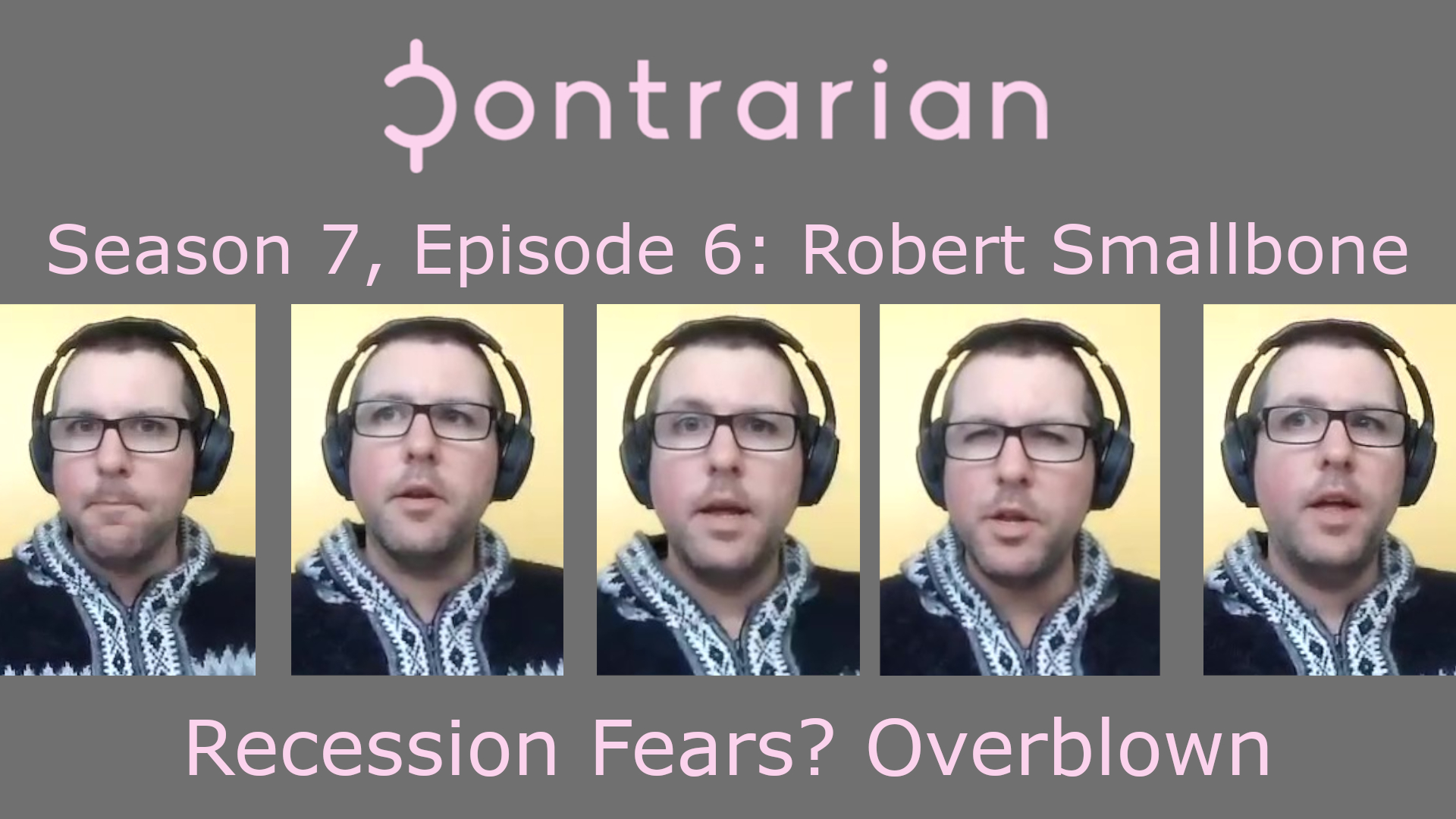With AJ Giannone, Alio Capital
AJ Giannone, the chief investment officer of Allio Capital Management, joins the podcast to discuss why high yield and private credit present compelling opportunities for retail investors — despite the apparently advanced state of the economic cycle.
Not investment advice! Do your own research, make your own decisions.
Content Highlights
High yield debt: this does not appear to be a good time to invest in this asset class, especially through listed funds. Or is it? (1:18);
The iShares iBoxx $ High Yield Corporate Bond ETF (HYG) is one way convenient and low-cost way for retail investors to access this asset class (5:05);
Another iShares product, iShares BB Rated Corporate Bond ETF (HYBB) is a so-called ‘smart beta’ approach… (7:43);
The guest is not particularly concerned about a recession, or at least not the performance of high yield should one come to pass. Even then, the default rate should not increase dramatically (9:51);
Private credit is another niche corner of the credit market that has recently been open to retail investors via ETFs VPC and PCMM, among others (12:39);
Background on the guest (22:52);
Some of the macro signals he watches and what they are telling us right now (28:01);
There is still upside in European equities (33:54);
What about the US market? (38:19)
More Information on the Guest
Website: AllioCapital.com



